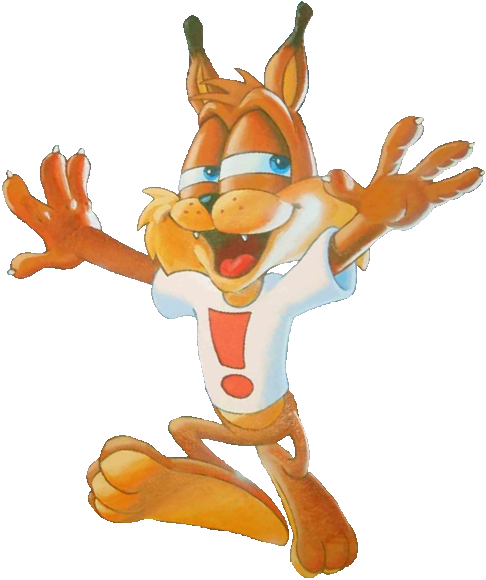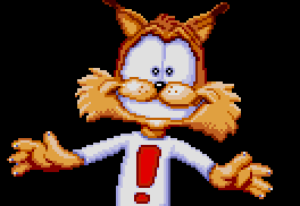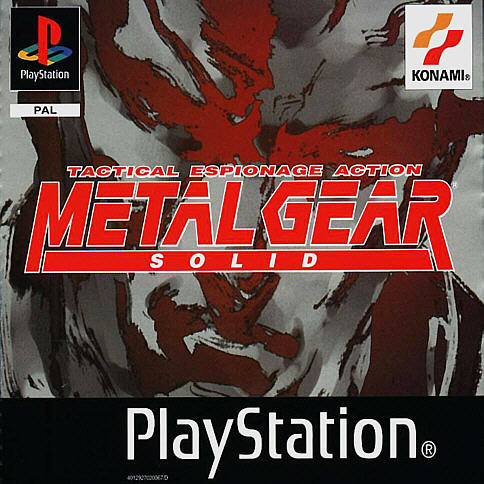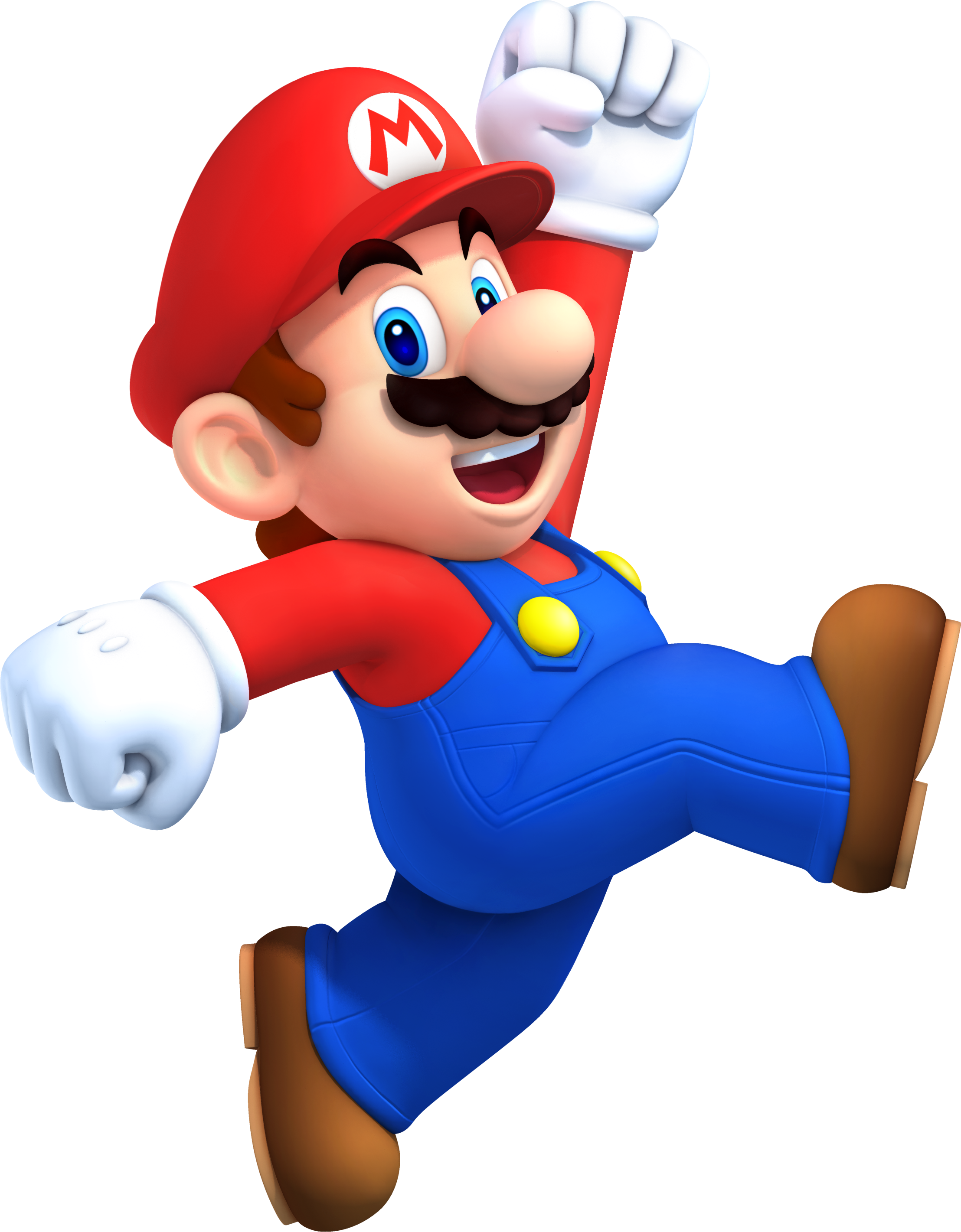Bubsy is a very infamous mascot who has a history of being criticized as a Sonic the Hedgehog knockoff both in the gameplay of his games (Bubsy 1 + 2 had him moving very quickly) and in design (the large feet and shape of the eyes are very sonic-like). However Bubsy wasn't just hated because he was a "knockoff", Bubsy was created in an era where most mascots tried to appeal to kids by having an "attitude" and being "cool", "radical", and whatever other word from the nineties that describes a one liner spewing character.
In the games Bubsy never shut up, constant sound clips bombarded the player in his irritating, ear piercing voice, and due to the limited technology of the consoles at the time they couldn't have a lot of voice clips for Bubsy, so players had to listen to the same few one liners over and over again in the same low quality digitized voice.
Not only this but the games were also very low quality. The controls were sloppy and Bubsy 3D is very infamously unplayable.
In an attempt to keep Bubsy relevant (and possibly to ride off the success of the Sonic the Hedgehog and Mario Bros cartoon spinoffs) the creators of Bubsy tried to get him his own cartoon, however only the pilot episode was created and the series was never picked up. Those who have seen the pilot generally review it low due to how annoying Bubsy is and how non-nonsensical his world is.
All of these factors have lead to Bubsy being considered one of the most terrible game mascots of all time. He was over marketed and shoved into everyone faces in the hopes that his games would overtake Sonic and Marios in popularity. However in the end this just made people resent Bubsy, and a mascot character who makes an audience resent him has failed as a mascot.
Ironically one of Buby's catchphrases is "What could possibly go wrong?", and as we see there is a LOT that can go wrong when it comes to making an 'iconic mascot' for your franchise.
Ironically one of Buby's catchphrases is "What could possibly go wrong?", and as we see there is a LOT that can go wrong when it comes to making an 'iconic mascot' for your franchise.













